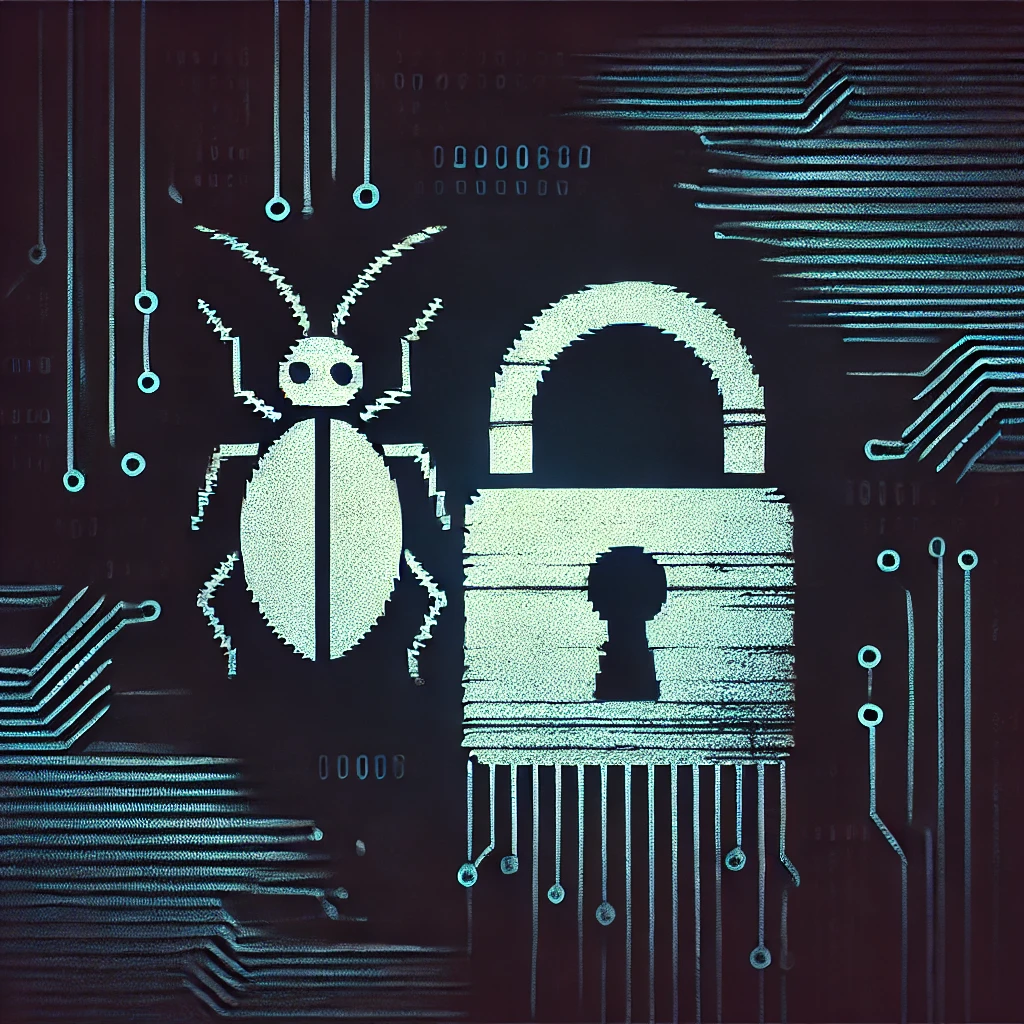
Cyber Threats Uncovered: How to Spot the Difference Between Malware and Ransomware Before It’s Too Late
Understanding the differences between malware and ransomware is crucial for protecting your firm’s sensitive data and maintaining operational efficiency. Both pose significant threats, but they operate in distinct ways and require tailored defensive strategies.
Defining Malware
Malware, short for malicious software, encompasses any software intentionally designed to cause harm to a computer, server, or network. It includes various types such as viruses, worms, trojans, and spyware. These malicious programs can disrupt operations, steal sensitive information, or grant unauthorised access to system resources.
Understanding Ransomware
Ransomware is a specific subset of malware that encrypts a victim’s files or locks them out of their system, demanding a ransom payment to restore access. This form of attack directly targets the availability of critical data, making it particularly disruptive to business operations.
Key Differences Between Malware and Ransomware
- Purpose and Impact: While malware can serve various malicious intents – from data theft to system damage – ransomware’s primary goal is financial extortion by denying access to essential data or systems.
- Visibility: Malware often operates covertly to maximize its longevity and impact, whereas ransomware immediately notifies victims of the attack to prompt swift payment.
Common Infection Vectors
Both malware and ransomware commonly infiltrate systems through:
- Phishing Emails: Deceptive messages that trick recipients into clicking malicious links or downloading infected attachments.
- Malicious Advertisements (Malvertising): Compromised online ads that deliver malware upon interaction.
- Infected Software Downloads: Installing software from untrusted sources that contain hidden malicious code.
- Exploited Vulnerabilities: Taking advantage of unpatched software or weak security configurations to gain unauthorised access.
Protective Measures for Your Firm
To safeguard your firm’s data and maintain uninterrupted operations:
- Regular Data Backups: Maintain offline backups of critical data to ensure recovery without capitulating to ransom demands.
- Comprehensive Security Solutions: Implement robust antivirus and anti-malware software to detect and neutralise threats promptly.
- Employee Training: Educate staff on recognising phishing attempts and safe online practices to reduce the risk of accidental infections.
- Timely Software Updates: Ensure all systems and applications are up-to-date with the latest security patches to close potential vulnerabilities.
By understanding these threats and implementing proactive security measures, your firm can significantly reduce the risk of cyberattacks, ensuring the integrity and availability of your critical data.
